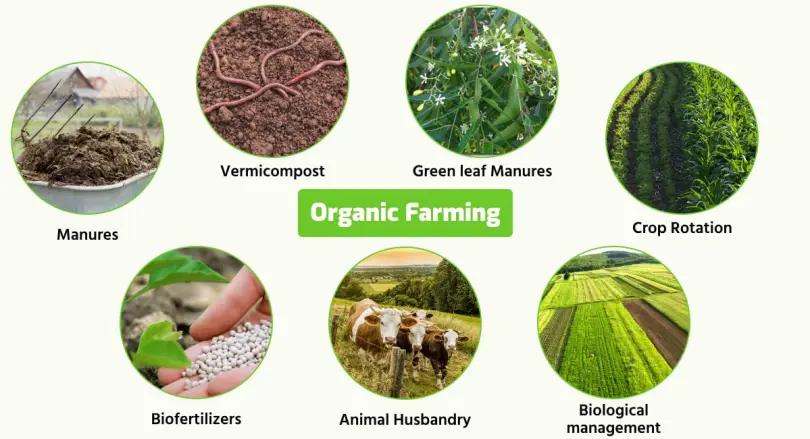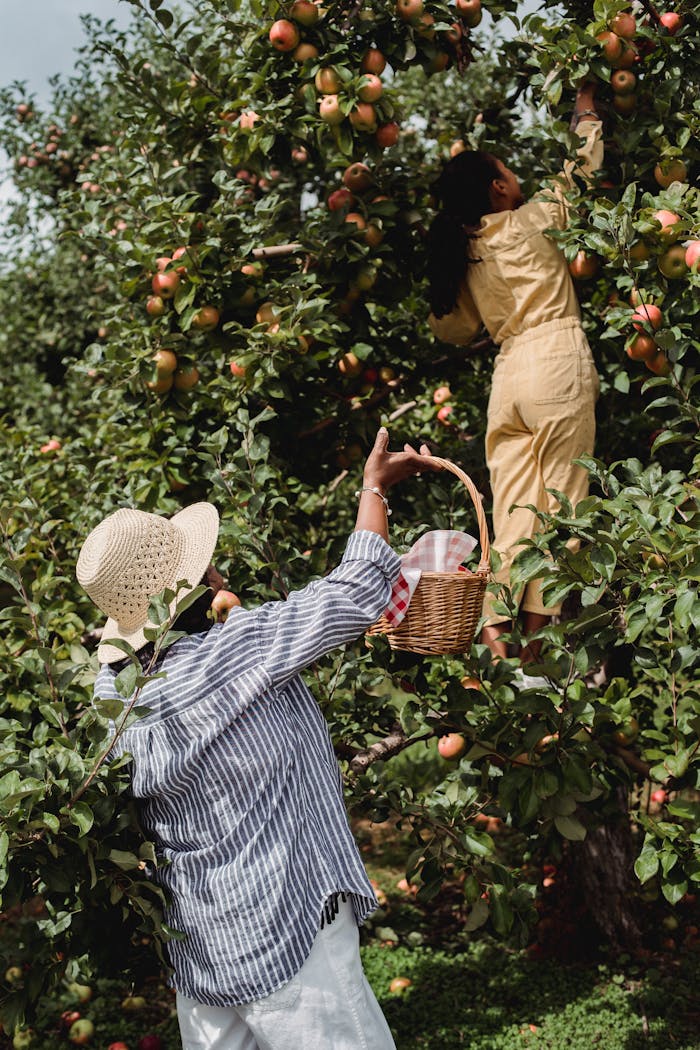Precision agriculture, once considered the domain of large-scale conventional farms, is now revolutionizing organic farming. By leveraging technologies like sensors, drones, and data analytics, organic farmers are enhancing productivity while staying true to their commitment to sustainability. This convergence of tradition and innovation is reshaping the organic sector, enabling farmers to meet rising consumer demand for eco-friendly products.
Organic farming is inherently resource-intensive, requiring careful management of soil, water, and biodiversity. Unlike conventional agriculture, which often relies on chemical fertilizers and pesticides, organic systems depend on natural processes. This makes precision agriculture an ideal fit, as it allows farmers to monitor and optimize these processes with unprecedented accuracy. For instance, soil moisture sensors can pinpoint exactly when and where irrigation is needed, reducing water waste—a critical advantage in regions facing drought.
One of the most transformative aspects of precision agriculture is its ability to provide real-time data. IoT devices deployed in fields collect information on temperature, humidity, and nutrient levels, which is then analyzed to guide decision-making. For organic farmers, this means better timing for planting cover crops or applying compost, leading to healthier soils and higher yields. A study by the University of California found that organic farms using precision tools saw a 10-15% increase in productivity compared to those relying solely on traditional methods.
Drones are another game-changer. Equipped with multispectral cameras, drones can survey large areas of farmland, identifying issues like pest infestations or nutrient deficiencies before they become widespread. This allows organic farmers to apply targeted interventions, such as releasing beneficial insects or amending soil in specific zones, rather than treating entire fields. Such precision minimizes environmental impact and aligns with organic principles of ecological balance.
Data analytics platforms are also critical, turning raw data into actionable insights. These platforms can predict crop performance based on weather patterns, soil conditions, and historical yields, helping farmers plan more effectively. For organic farms, which often operate on tighter margins due to higher input costs, this predictive capability can mean the difference between profit and loss.
However, adopting precision agriculture comes with challenges. The upfront cost of equipment and software can be prohibitive for small-scale organic farmers, and the learning curve for new technologies can be steep. To address this, many ag-tech companies are offering subscription-based models and training programs, making precision tools more accessible. Governments and NGOs are also stepping in with grants and subsidies to support technology adoption in the organic sector.
Sustainability remains the heart of organic farming, and precision agriculture enhances this mission. By optimizing resource use, farmers can reduce their carbon footprint and preserve natural ecosystems. For example, variable-rate irrigation systems ensure that water is applied only where needed, conserving a precious resource while maintaining crop health. Similarly, precision pest management reduces the need for even organic-approved sprays, protecting pollinators and soil microbes.
The global organic market is booming, with consumer demand driving growth in both developed and emerging economies. To keep pace, organic farmers must embrace tools that enhance efficiency without compromising their values. Precision agriculture offers a path forward, blending the best of technology with the ethos of organic farming. As these tools become more affordable and user-friendly, their adoption is likely to accelerate, paving the way for a new era of sustainable agriculture.


